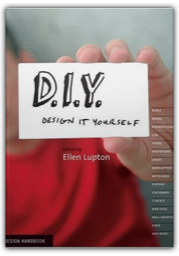
Not satisfied with the new T-shirts on sale at the local mall? Maybe you'd like a wedding invitation that expresses your own vision, not your party planner's? How about some personalized stationery? An upgrade to your website? A business card? A poster for your political campaign? A CD package for your band? Sound good? Then get up off your couch and Design It Yourself! Avoid graphic identity theft: build your own. Ellen Lupton, bestselling author of Thinking with Type, will show you how. 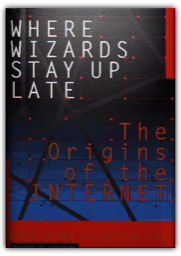
Considering that the history of the Internet is perhaps better documented internally than any other technological construct, it is remarkable how shadowy its origins have been to most people, including die-hard Net-denizens! 
This engagingly written, highly readable volume introduces lay readers to the fascinating world of language. Replete with jokes, anecdotes, quotations, and readily intelligible examples, it offers a painless entree to the full range of linguistic knowledge. In thirty-one brief chapters, Macaulay delves into such topics as language acquisition, phonology, morphology, syntax, semantics, social dialects, sex differences, writing, style, register, conversation, narrative, swearing, rhetoric, second language learning, and linguistic change. The reader comes away with a new appreciation of the pleasure to be derived from the study of this complex and uniquely human phenomenon. |
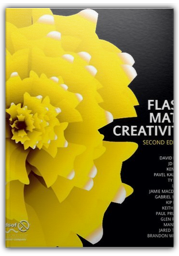
Forget school math class, Flash math is about fun. It's what you do in your spare time - messing around with little ideas until the design takes over and you end up with something beautiful, bizarre, or just downright brilliant. It's a book of iterative experiments, generative design; a book of inspiration, beautiful enough to leave on the coffee table, but addictive enough to keep by your computer and sneak out while no one's looking so you can go back to that Flash movie that you were tinkering with 'til 3 o'clock this morning. In "New Masters of Flash" the designers told us about themselves and deconstructed their finest effects. This time we've gathered the best in one book and simply asked them to go away and do what they do best: play. We give you the code and explain the essence, then you take your inspiration and run with it. 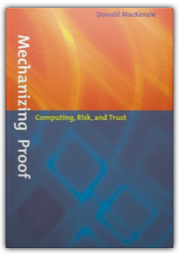
Most aspects of our private and social lives — our safety, the integrity of the financial system, the functioning of utilities and other services, and national security — now depend on computing. But how can we know that this computing is trustworthy? In Mechanizing Proof, Donald MacKenzie addresses this key issue by investigating the interrelations of computing, risk, and mathematical proof over the last half century from the perspectives of history and sociology. His discussion draws on the technical literature of computer science and artificial intelligence and on extensive interviews with participants. MacKenzie argues that our culture now contains two ideals of proof: proof as traditionally conducted by human mathematicians, and formal, mechanized proof. He describes the systems constructed by those committed to the latter ideal and the many questions those systems raise about the nature of proof. He looks at the primary social influence on the development of automated proof — the need to predict the behavior of the computer systems upon which human life and security depend — and explores the involvement of powerful organizations such as the National Security Agency. He concludes that in mechanizing proof, and in pursuing dependable computer systems, we do not obviate the need for trust in our collective human judgment. 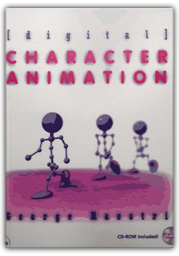
This is a beautiful, full-color guide to creating 2-D and 3-D animated characters. Author George Maestri explains the aspects of creating animated figures, discussing anatomy, animated bodies, heads, and hands, poses and locomotion, anthropomorphic and facial animation, digital sets, and film-making. There are countless tips on animation, such as making a head turn and eyes blink, showing realistic laughter, speech, and body language, squashing and stretching characters, working out timing issues, and arranging characters onscreen as effectively as possible. Maestri doesn't emphasize any one software package or platform, though he does assume that you're doing mostly 3-D work. He writes for users of high-end packages such as 3-D Studio MAX and Soft Image, with their support for inverse kinematics and skeletal deformations, as well as for users of lower-end packages such as Strata and RayDream Studio. A hybrid CD-ROM includes models, textures, and animations for the book's projects. Beginners and expert animators can learn a great deal from this impressive book. 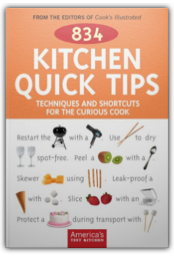
Restart the grill with a hairdryer. Use chopsticks to dry wine glasses spot-free. Peel a kiwi with a spoon. Skewer cheese using pretzel sticks. Leak-proof a cone with mini-marshmallows. Slice strawberries with an egg slicer. Protect a cake during transport with toothpicks with mini-marshmallows. |

My Library
Collection Total:
1165 Items
1165 Items
Last Updated:
Sep 9, 2009
Sep 9, 2009

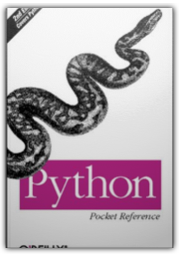
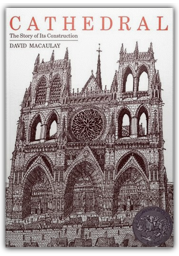
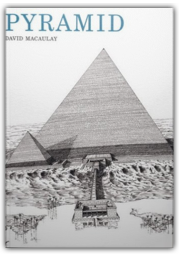
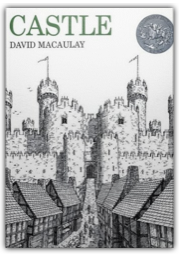


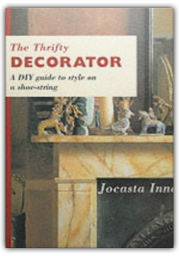
 Made with Delicious Library
Made with Delicious Library